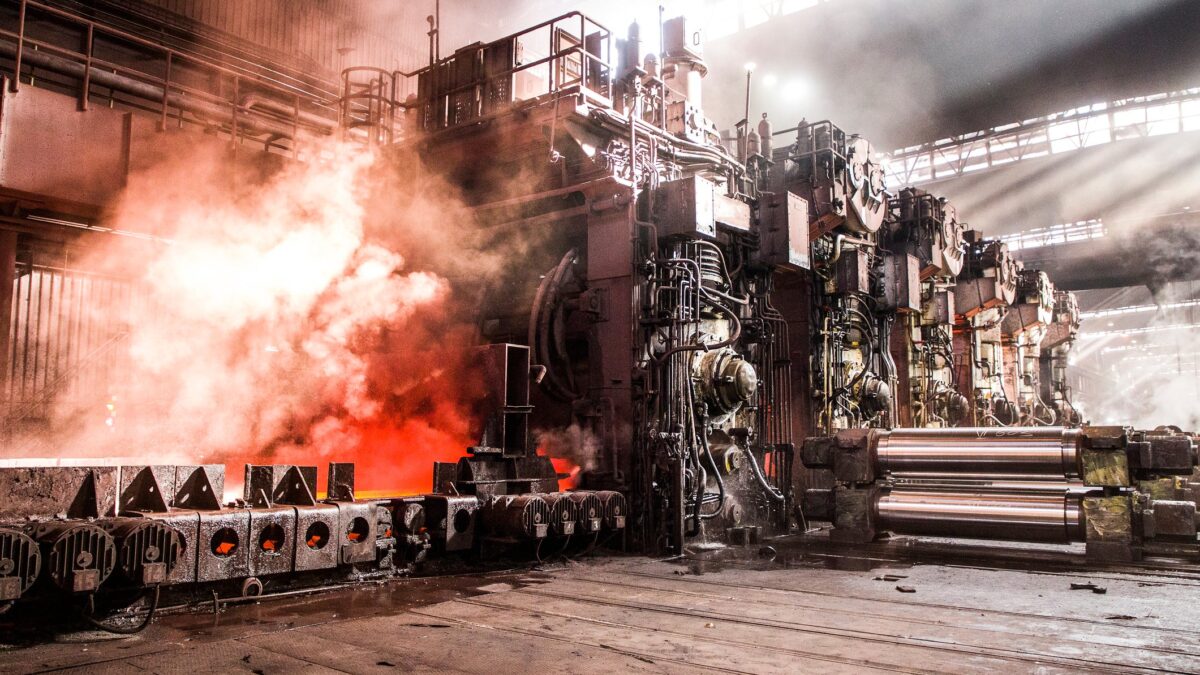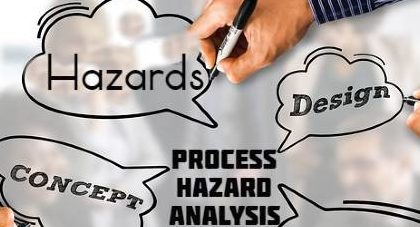Dust Explosion Hazards & Controls

Accident Investigation Training & Unsafe Act Unsafe Condition Training
October 23, 2024
Residual Life Assessment for Electrical Equipment: Ensuring Safety and Reliability
October 28, 2024Dust explosions are a serious hazard in many industrial settings where fine particulate materials are handled. These explosions can cause catastrophic damage, resulting in injury or loss of life, and significant financial losses. Understanding the nature of dust explosion hazards and implementing effective controls is essential for maintaining a safe work environment. The Safety Master, a leader in safety solutions, emphasizes the importance of addressing these hazards comprehensively.
Understanding Dust Explosion Hazards
Dust explosions occur when a fine particulate material becomes suspended in the air and ignites. For a dust explosion to happen, five elements must be present simultaneously, known as the “Dust Explosion Pentagon”:
- Combustible Dust: The material must be combustible.
- Dispersed Dust: The dust particles must be dispersed in the air.
- Oxygen: There must be sufficient oxygen in the air to sustain combustion.
- Ignition Source: An ignition source, such as a spark or flame, must be present.
- Confinement: The dust must be confined in an enclosed or semi-enclosed space, allowing pressure to build up.
Potential Sources of Dust Explosions
Dust explosions can occur in various industries, including agriculture, food processing, chemical manufacturing, pharmaceuticals, and woodworking. Common sources of combustible dust include:
- Grain dust
- Sugar and flour
- Metal dust (e.g., aluminum, magnesium)
- Wood dust
- Plastic dust
- Coal dust
Case Studies Highlighting Dust Explosion Hazards
- Imperial Sugar Refinery Explosion (2008): A dust explosion at the Imperial Sugar refinery in Georgia resulted in 14 deaths and many injuries. The explosion was caused by the accumulation of sugar dust in various parts of the facility, highlighting the importance of regular cleaning and dust control.
- West Pharmaceutical Services Explosion (2003): A dust explosion in Kinston, North Carolina, caused by combustible polyethylene dust, led to the deaths of six workers and numerous injuries. The incident underscored the need for proper dust hazard assessments and controls.
Controls to Prevent Dust Explosions
- Process Safety Management: Implementing a robust Process Safety Management (PSM) system is critical in identifying, evaluating, and controlling dust explosion hazards. PSM involves comprehensive risk assessments, proper documentation, and regular reviews of safety practices.
- Dust Hazard Analysis: Conducting a detailed dust hazard analysis (DHA) helps identify areas where combustible dust is present and assess the potential for dust explosions. This analysis should be part of the overall safety management plan.
- Process Safety Training: Providing regular process safety training for employees ensures they understand the risks associated with combustible dust and are equipped with the knowledge to prevent dust explosions. Training should cover safe handling practices, proper housekeeping, and emergency response procedures.
- Housekeeping and Dust Control: Effective housekeeping practices are essential to minimize the accumulation of dust. Regular cleaning schedules should be established to remove dust from surfaces, equipment, and ventilation systems. Using dust collection systems and industrial vacuums can help control dust levels.
- Ventilation and Dust Collection: Proper ventilation systems are crucial in preventing the buildup of dust in confined spaces. Dust collection systems should be designed to capture dust at its source and prevent it from becoming airborne. These systems need to be regularly maintained to ensure their effectiveness.
- Ignition Source Control: Identifying and controlling potential ignition sources is vital in preventing dust explosions. This includes ensuring that all electrical equipment is rated for use in dusty environments, controlling static electricity, and using intrinsically safe tools and devices.
- Explosion Venting and Suppression: Installing explosion venting systems can help relieve pressure and mitigate the effects of a dust explosion. Explosion suppression systems detect and suppress explosions before they can escalate. These systems should be tested and maintained regularly.
- Fire Risk Assessment: Conducting a comprehensive fire risk assessment helps identify potential fire hazards and implement measures to prevent fires. This includes proper storage of combustible materials, controlling heat sources, and ensuring that fire detection and suppression systems are in place and operational.
- Emergency Preparedness: Developing and practicing emergency response plans is crucial in minimizing the impact of a dust explosion. Employees should be trained in evacuation procedures, and emergency drills should be conducted regularly to ensure everyone knows what to do in the event of an explosion.
- Regular Safety Audits: Conducting regular safety audits, including electrical safety audits, ensures that all safety measures and systems are functioning correctly. Audits help identify potential weaknesses and areas for improvement in managing dust explosion hazards.
Conclusion
Dust explosions pose a significant risk in many industrial environments where combustible dust is present. Understanding the nature of these hazards and implementing effective controls is essential to ensuring the safety of workers and the facility. The Safety Master advocates for a comprehensive approach to managing dust explosion hazards, including robust process safety management, regular process safety training, effective housekeeping, and the use of appropriate safety systems.
By adopting these measures, organizations can significantly reduce the risk of dust explosions, protecting lives and property while maintaining a safe and productive workplace. The proactive management of dust hazards not only enhances safety but also contributes to the overall efficiency and sustainability of industrial operations.




